Japanese Art, Japanese Calligraphy, Japanese Traditional Crafts, Ukiyo-e
15 of Japan’s Best Forms of Art: The Tradition and Beauty of the Islands and their Peoples
1. Ukiyo-e: Japanese Woodblock Prints
Commonly depicting scenes of daily life or the natural world, ukiyo-e paintings emerged during the Edo Period. Thereafter they quickly became widely popular thanks to the woodblock print method used to make them. After the original blocks were carefully carved by famous artists like Utagawa Hiroshige or Katsushika Hokusai, publishers could easily make hundreds or thousands of copies for popular consumption. Chances are you have seen one of these famous works before. You might remember their deep colours and dramatic depictions of scenes from 19th century Japan. Ukiyo-e woodblock prints are largely responsible for introducing the world to Japanese art. These works began appearing in exhibitions in Europe’s cosmopolitan centres, quickly gathering widespread attention and acclaim. From there, they went on to influence some of the world’s most famous impressionist painters such as Vincent van Gogh and Edgar Degas.
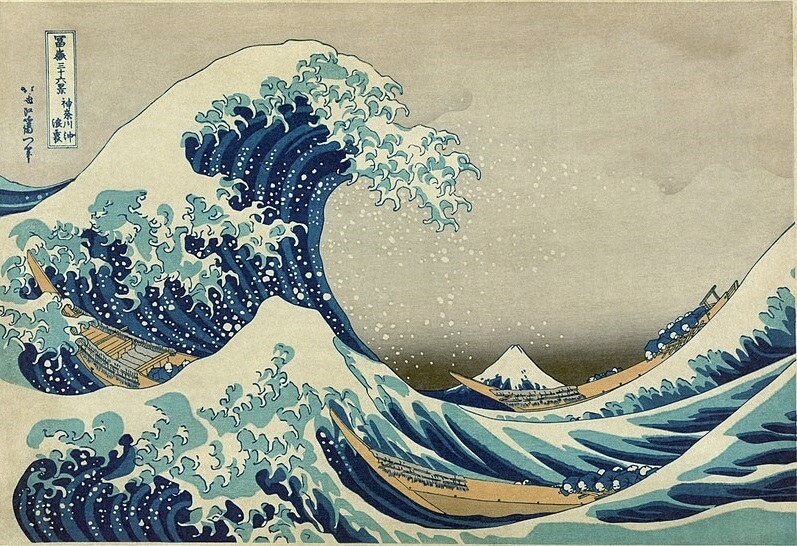
2. Shodo: Japanese Calligraphy
Shodo is the traditional art of Japanese calligraphy. It involves skillfully and artistically writing single words, phrases, or even poetry in vertical fashion. The traditional method involves a horse-hair fude calligraphy brush, black sumi ink, and washi Japanese paper. The artist always puts his or her own style and flair into the strokes, making shodo at once an act of literary as well as artistic expression. With roots stretching back to the most ancient Buddhist scriptures at Japan’s oldest temples, shodo calligraphy continues to be a popular hobby and form of study for the young and old alike. Almost every city in Japan has calligraphy schools and classes, and the brushes and materials are sold everywhere from supermarkets to high-end department stores.
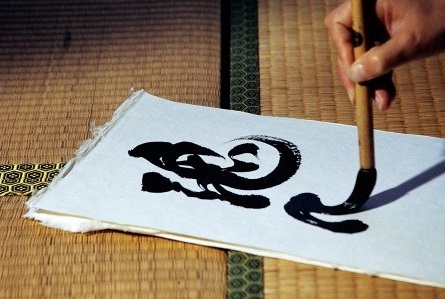
(Image: japaninmelbourne.com.au)
3. Kimono and Yukata: Japanese Formalwear
The traditional Japanese garments, kimono and yukata are now well known around the world for their elegantly layered and wrapped fabrics, intricate designs, and eye-catching colours. While both share a similar shape and robe-like composition, there are important differences between the more casual, comfortable yukata and the formal, historic kimono. Kimono have several layers, usually made of silk or similarly delicate materials. You can think of yukata as the more simple, more relaxed, and cooler version of the formal kimono. For this reason, yukata are popular in the summer months, when their thin layers allow wearers to comfortably enjoy the many riverside festivals and fireworks Japan has to offer. Additionally, Yukata allow more freedom of expression with flashy colours and designs, and are thus often seen at more informal, family friendly events. Kimono, on the other hand, might be reserved for special occasions, such as a wedding party or a New Year’s visit to the local shrine. Take a look at this difference below.
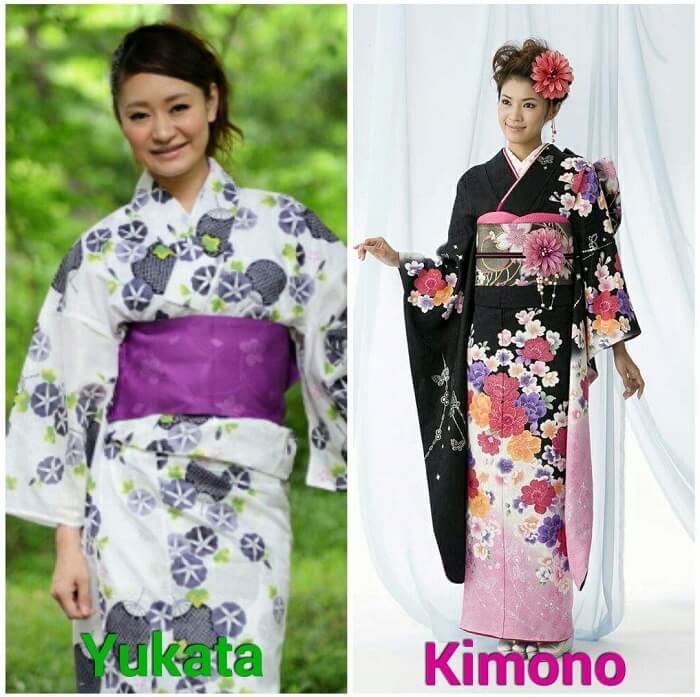
(Image: aminoapps.com)
4. Washi: Japanese Paper
Made with local materials, usually fibers from a mulberry tree native to Japan, washi Japanese paper is one of the country’s oldest forms of traditional artistry. Produced in a number of now-famous villages and cities across Japan, each region of the islands has a unique and historic claims to the washi tradition. Centuries of friendly competition have promoted innovation of the craft, and we now see Japanese paper in use in more and more forms of decorative art. Take for example the use of Mino city’s famous washi in the creation of luxurious ballpoint pens.
5. Japanese Architecture
In the ancient traditions of Japanese wooden architecture, the natural features of the materials are retained and respected. The wood is thus used in a way that maximizes its utility and resilience, often making possible the construction of timeless structures without the use of a single nail or screw. In fact, many of Japan’s oldest and most famous shrines and temples – such as the Nanto Shichi Daiji or Seven Great Temples of Nara – are built with entirely wooden joints, supports, and walls. It is the flexibility this method offers which has allowed so many of Japan’s oldest wooden structures to withstand centuries of wind and wear, as well as the deadly earthquakes for which the islands are famous. As the seasons change, the wood expands and contracts to match the climate. Meanwhile, the building is able to react to movements in the world around it. The resilience of Japanese woodworking in architecture is so impressive it is said to have inspired the methods of famous American architect Frank Lloyd Wright. His masterpiece Imperial Hotel at Tokyo is famously known in popular legend to be one of the only buildings lefts standing after the Great Kanto Earthquake of 1923. Still in use today, this ancient method is visible wherever wooden structures are found in Japan.
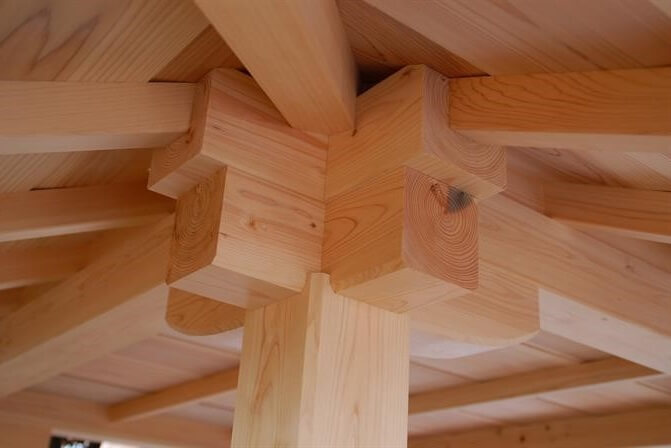
(Image: stonebridge.com)
6. Japanese Woodworking and Carpentry
Just like traditional Japanese architecture methods, carpentry and woodworking methods strive to make the most of their materials. Bamboo features prominently in the crafting of housewares and furniture. Other types of furs and oaks are used in the making of larger pieces. In many traditional Japanese homes, usually in the Japanese-style tatami room or in the master bedroom, this type of carpentry can be found. Here the wooden dressers and low-laying tables are usually of this historic style. Stackable and portable, these storage units are lightweight and strong thanks to their use of local wood and materials. Today, you might even find these methods at work in your very own home as more and more kitchen tables around the world are constructed using Japanese carpentry and joinery methods.

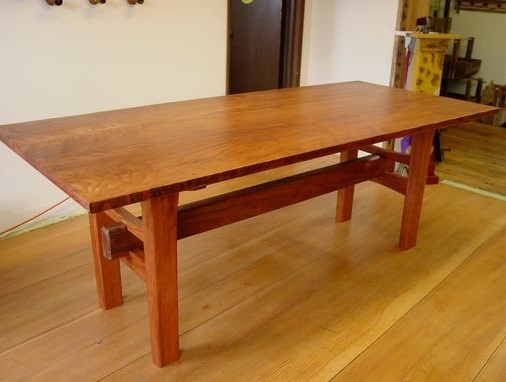
7. Sculpture and Buddhist Statues
The art of sculpture and statue making has thrived in Japan since at least the 5th century. With the spread of Buddhism and its tradition of idol worship, statutes of gods and spirits have been crafted and cherished ever since. Today, statues are found in and around private homes, in the entrances to businesses, and in the yards and compounds of Buddhist temples and Shinto shrines. Most popular are the fortune-bearing waving cats (maneki-neko) in shops and restaurants, the lion-dog guardians (komainu) of special sites of refuge and worship, and the massive and imposing heavenly kings manning the gates at Japan’s most important temples. I bet you have come across at least one of these iconic figures in the past. Let’s take a look at one of the most unique figure – the guardian at Nara’s Todai-ji temple.
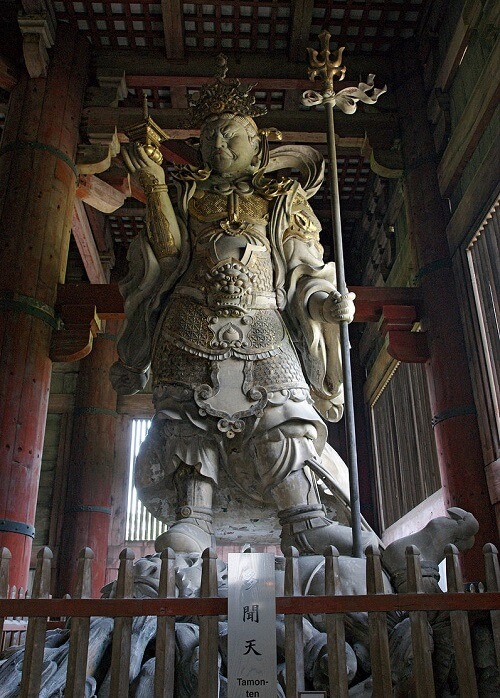
(Image: wikimedia.org)
8. Ikebana: Flower Arranging and Meaning
Ikebana, the Japanese art of flower arranging, involves the careful placement of single blossoms upon a shallow dish filled with water. Often reflecting the values of the Japanese aesthetic of wabi-sabi – or, an appreciation for transience and imperfection in nature – these floral arrangements are characterized by the motto “less is more.” Rather than offering an overflowing array of flowers, the ikebana traditions prefers to present the singular beauty and character of each plant and blossom one by one, thus allowing the viewer to enjoy each aspect of the great whole while appreciating the atmosphere and ‘space in-between.’ A comparatively reserved and understated art, the calm and modest nature of its practise begins with the selection and cutting of the flowers. The entire process is done slowly and thoughtfully. This makes learning the art a fun and relaxing experience with the added bonus of a beautiful and colourful arrangement of live flowers. What’s more, each flower communicates a special message, allowing for further artistic expression from the heart and mind. These meanings must be carefully considered when selecting the flowers. Thus, the help of an expert Ikebana teacher or guidebook is recommended.
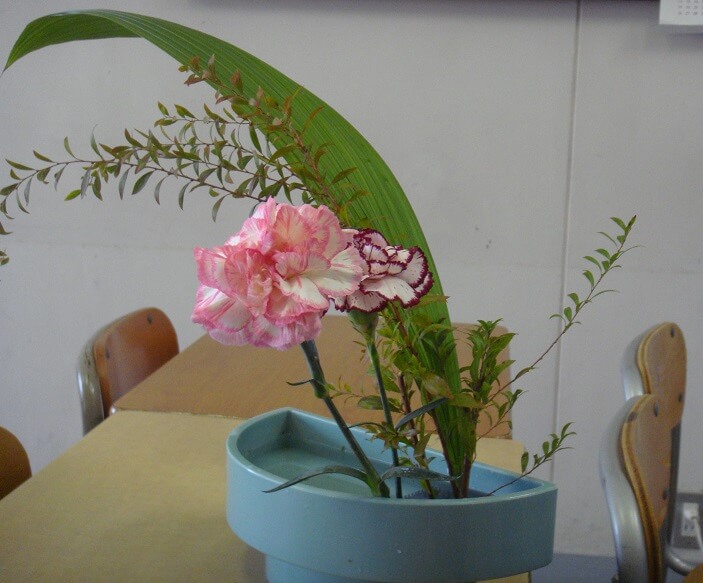
9. Bonsai-trees
Like ikebana flower arranging, bonsai tree cultivation is a traditional Japanese art form enjoyed in homes across Japan for centuries. A calming and careful art, bonsai involves the cultivation of miniature trees representing scale models of their full-sized counterparts. This correlation extends all the way down to the careful pruning and care that goes into each tree. The years and decades that go into the tree make its beauty, meaning, and value increase over time. Adhering to a specific aesthetic, usually involving deep consideration for the abovementioned wabi-sabi tradition, the tree’s owner might spend a lifetime tending to their bonsai tree. With the artist’s passing, the tree might even be handed down to subsequent generations. Indeed, in some households you might even find a bonsai tree which has outlived several generations of its host family.
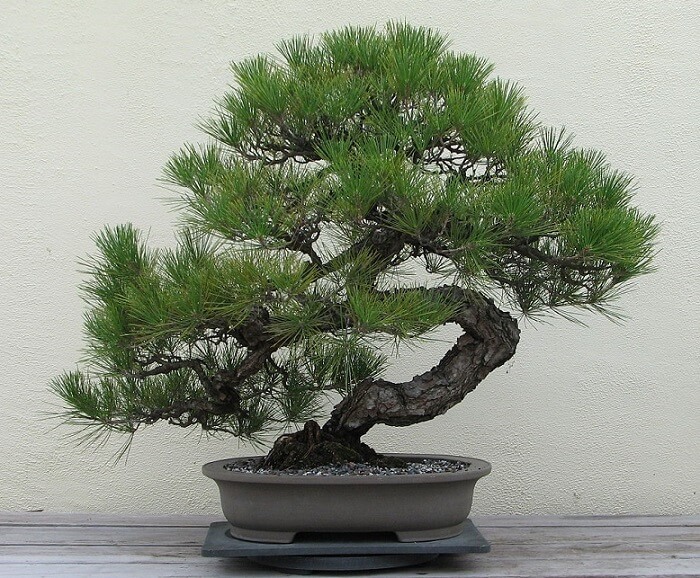
(Image: wikimedia.org)
10. The Japanese Garden
Japanese gardens can be said to reflect many of the very same aesthetics as ikebana and bonsai tree cultivation. Moreover, these gardens often include sculptures and rock lanterns influenced by Buddhism and Buddhist temple architecture and surroundings. Open space and the placement of plants and structures are carefully considered in the layout of Japanese gardens. This results in a compact or miniaturized image of an imagined ‘nature,’ allowing the visitor to fell they are truly surrounded by the living, natural world in even the smallest of gardens. Finally, Japanese gardens are often carefully constructed to allow visitors to enjoy them year round. A visit in spring might provide vivid and beautiful flowers, while the very same garden in autumn offers a feeling of somber tranquility through deep shades of red and orange.
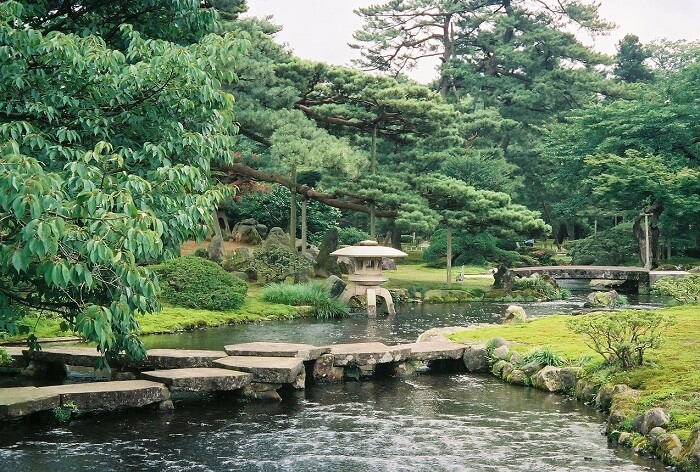
(Image: wikimedia.org)
11. Sensu and Uchiwa Fans
These carefully decorated fans offer more than just a way to escape the heat; they also offer a stylish and indeed glamorous accessory to traditional Japanese formalwear. The most exquisite fans are valued for their bamboo structure: The greater the number of bamboo strips, the more expensive and luxurious the fan. With every ten strands marking a higher appreciated value, variations range from fifty up to one hundred bamboo strands. With historic roots reaching back to their original use as in the Imperial Court as Palace uchiwas, the Kyoto uchiwa represents the most luxurious of Japan’s personal fans. Meanwhile, many plastic variants with printed advertisements can be found being handed out in front of train stations and at department stores in the summer. A traditional art form with a very practical and modern application, the uchiwa fan is now a form of mass marketing for many companies across Japan.
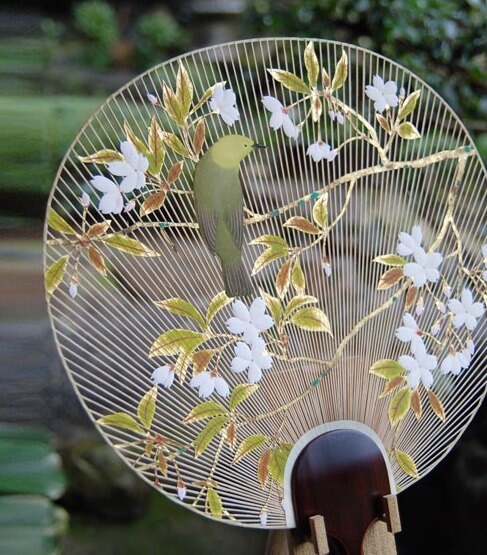
(Image: kyo-aiba.jp)
12. Japanese Lacquerware
The Japanese lacquerware tradition is one which goes back centuries, with roots in a number of distinct regions in Japan where the resin producing trees necessary for the beautiful coatings are found. Layers of lacquer varnish are applied to carved or sculpted wares to produce a deep and glimmering surface. Kitchen and housewares for home or business use are popular, in addition to wares made for display purposes. Upon their introduction to western markets with the onset of global shipping and trade, a Japanese lacquerware boom occurred in western European resulting in the emergence of imitation and knock-off wares. So widespread was this popularity that the term “Japanning” became synonymous with the process of lacquering, resulting in many forms of lacquerware being affectionately referred to by consumers in the West as “Japanned ware.” Today, the traditional and authentic wares are still produced by artisans across Japan, available for purchase online and worldwide.
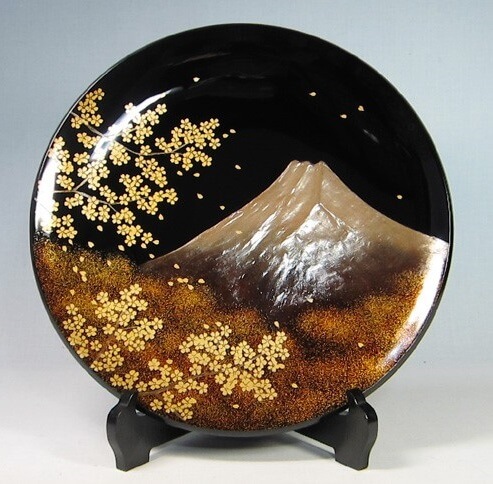
(Image: wajimanuri.biz)
13. Japanese Pottery and Porcelain
Japanese pottery is yet another traditional art which retains a huge following both within and without the country. Cups, plates, bowls and ornaments stream from the historic kilns and ovens found in historic pottery regions across Japan. With each location offering its own shapes and styles, the pottery from the famous workshops of Arita, Hasami, Kutani, and the other high-end and centuries-old pottery villages can be found in museums and shops throughout the world.
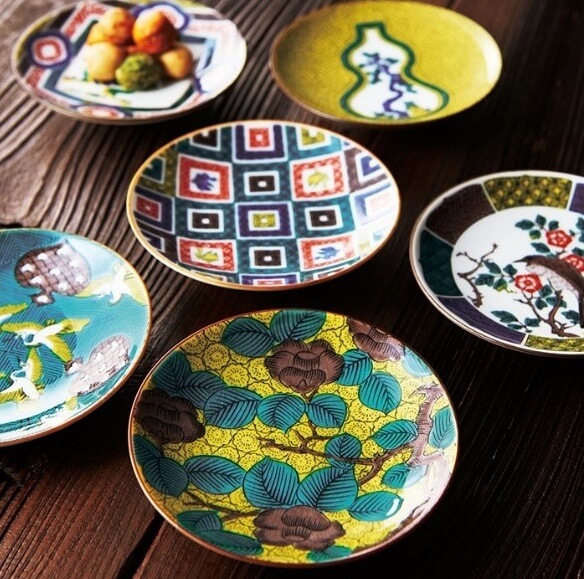
(Image: belluna.jp)
14. Samurai Armour and Masks
Samurai are of course the legendary warriors of feudal Japan, a period stretching back centuries and lasting until at least the Meiji restoration of 1867. For thousands of years, these warriors donned their armor and carried their famous swords in the service of their local lords and masters. Their elaborately decorated armor demonstrated each warrior’s rank, allegiance, and personality. Today, replica sets of some of the most famous and legendary warriors can be found in homes and businesses throughout Japan, ornament displays reminding us of the tumultuous history of the Japanese islands. The kabuto helmets and miniature dolls now allow you to own a token of this history to decorate your home with. In Japan, these displays are incorporated into Children’s Day celebrations on May 5th – a day when the happiness and prosperity of future generations is symbolized by the strength and honour of the samurai of the past.
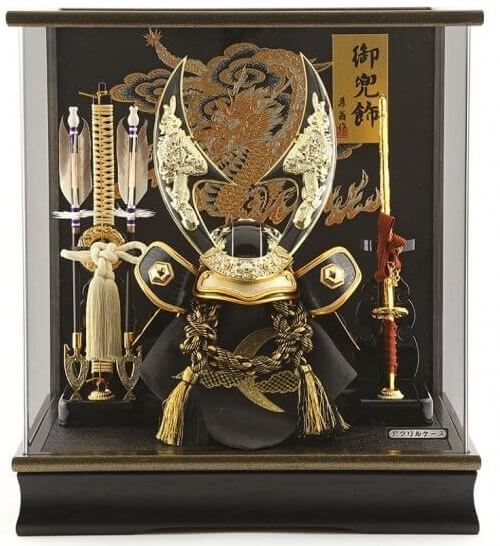
15. Ningyō: Decorative Dolls
Finally, we have traditional Japanese ningyo dolls. Also a form of decoration with a ceremonial use, these dolls can be found on display in homes and shops throughout Japan. Moreover, these Japanese dolls play a central role in the hinamatsuri and Children’s Day celebrations, where they are used to wish for the health and happiness of future generations of girls and kids. With a history reaching back at least as far as the 11th century, Japanese dolls have appeared in historic literary works such as The Tale of the Genji. Additionally, they are a central part of the ancient tradition of bunraku, or puppet theatre. Japanese dolls thus have a number uses and a widespread fanbase, allowing you to enjoy their refined beauty in a number of ways. If you visit Japan, it is very likely you will come in contact with these small works of art. Remember to keep your eyes open – you won’t want to miss them!
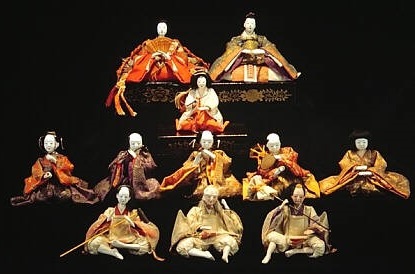
(Image: virtualmuseum.ca)
In Conclusion
Today we have taken a look at a number of Japan’s traditional art forms. This list, however, is incomplete. A nation with such a rich and artistic history like Japan has so much more to offer than just what we have seen here today. Stay tuned to our blog for even more in-depth coverage of Japanese art, history, and culture as we continue on in the search for the greatest treasures the islands of Japan have to offer. Finally, if there is something you would like us to tell you more about, please leave a comment below.

Author - Jay
In my spare time I enjoy watching baseball, tasting local cuisine, and exploring by road and rail. Having lived in several cities around the world, I have an appreciation for local as well as international histories and cultures. Excited by cultural and social exchange, it is my hope that this blog will help promote an interest in Japanese traditional wares and practises by introducing you to their history and meanings.

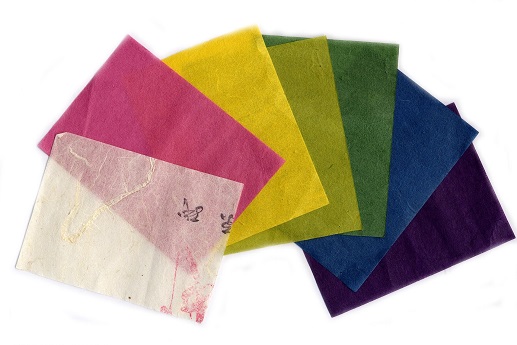
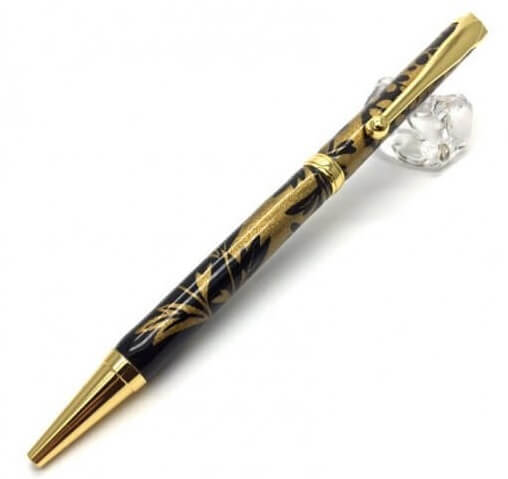
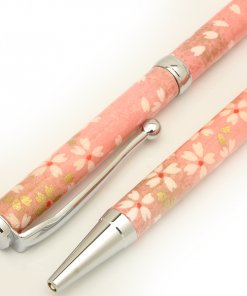
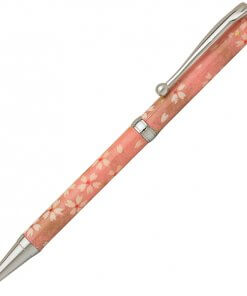
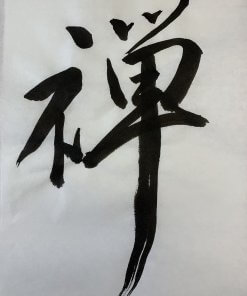
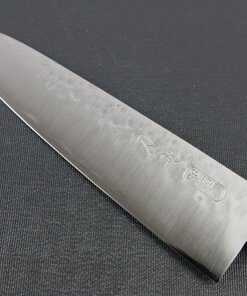
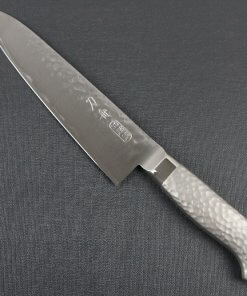
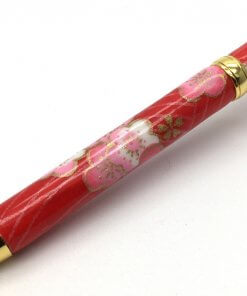
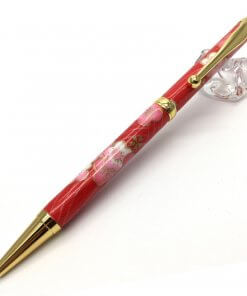
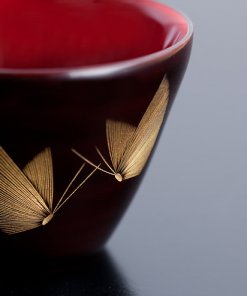
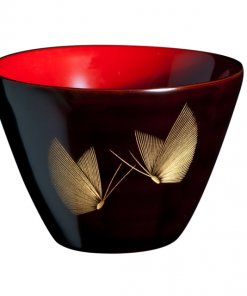
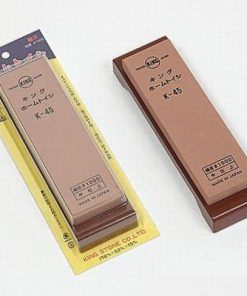
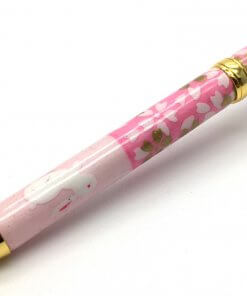
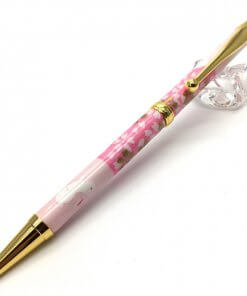
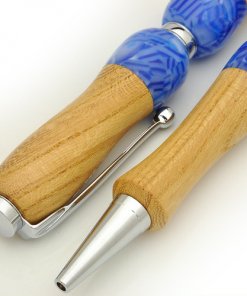
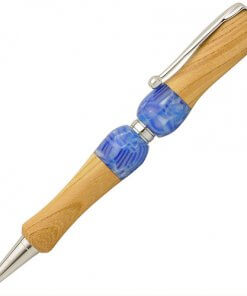
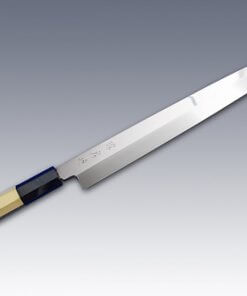
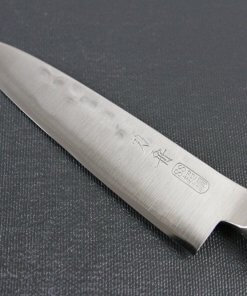
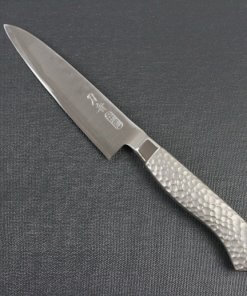
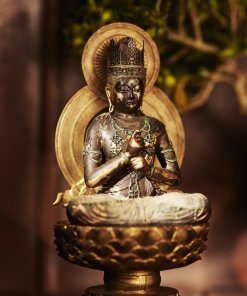
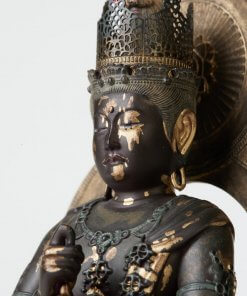
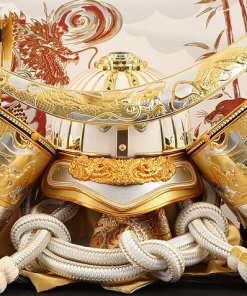
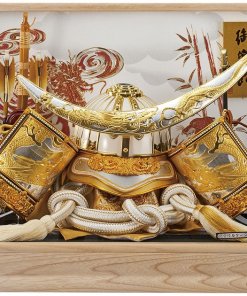
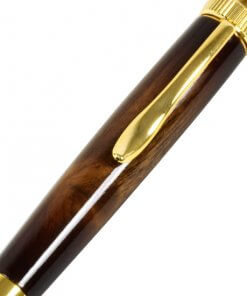
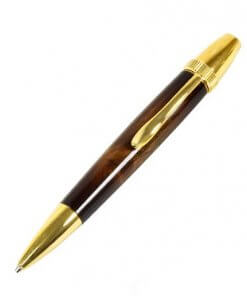

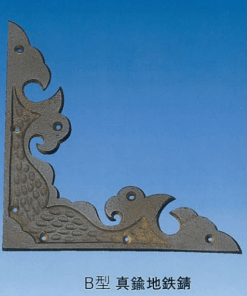
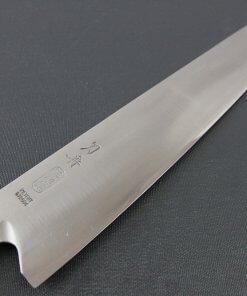
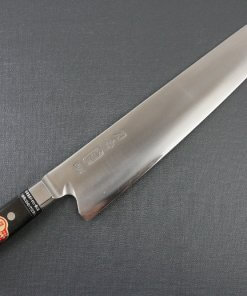

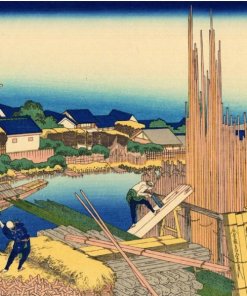
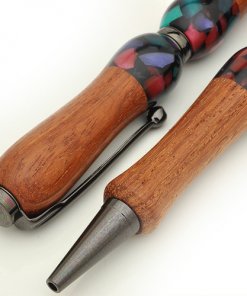
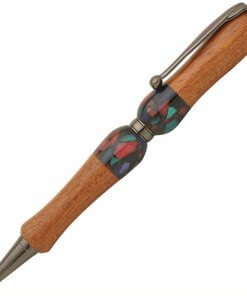
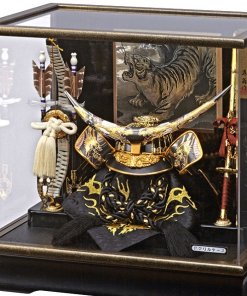
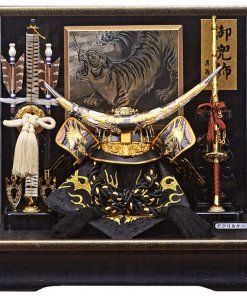
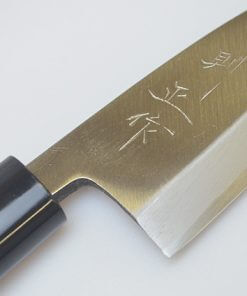
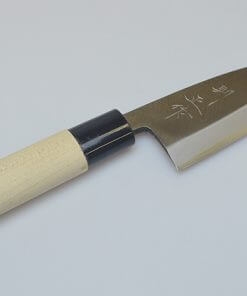
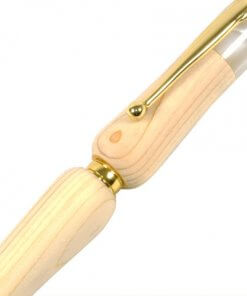
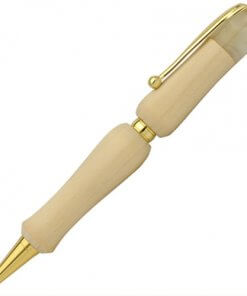

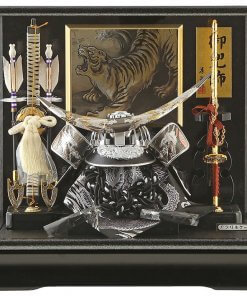
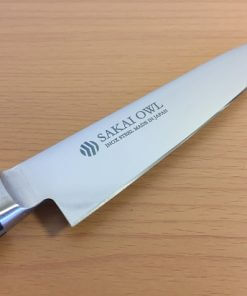

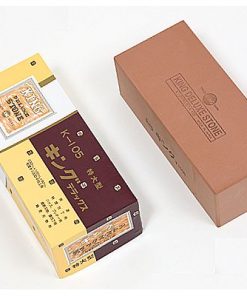
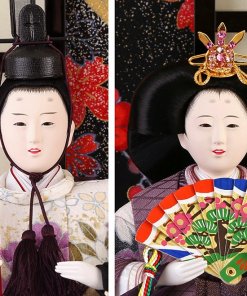
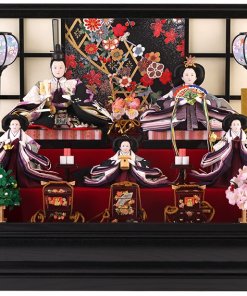

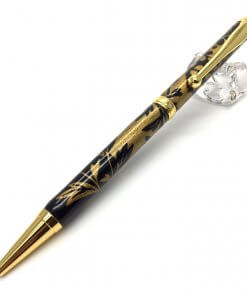
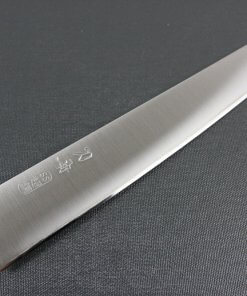
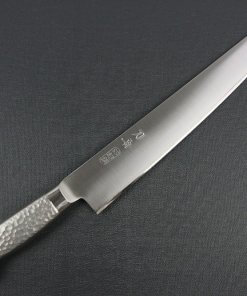
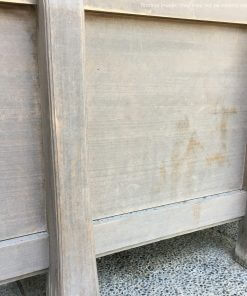
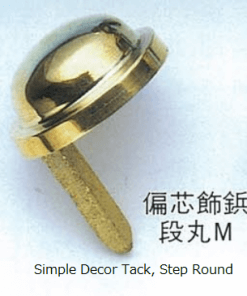
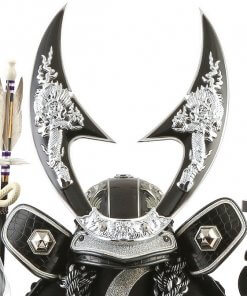
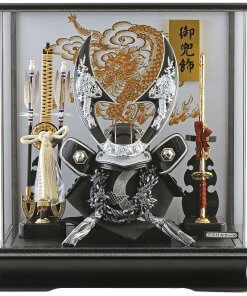
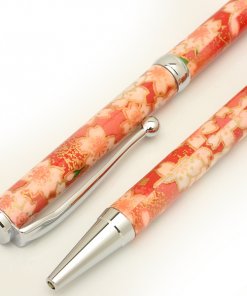
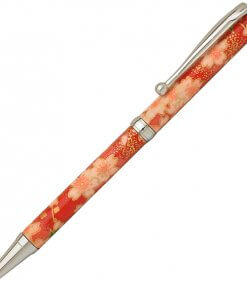
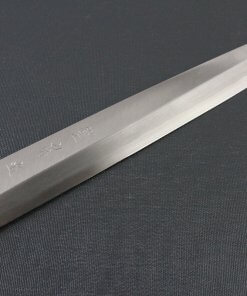
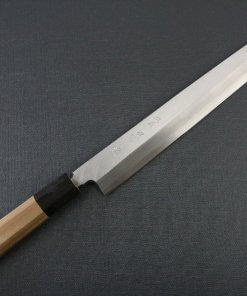
About Orientalsouls.com
Learn and Buy Japanese Craftsmanship, Tradition & Culture
OrientalSoul.com is the online shop where you can buy traditional crafts of Japan.
We only sell selected authentic products in which true spirits of Japanese craftsmanship exist.
You may be able to find similar products in other shops for lower prices. However, we sell products based on fair prices that worth labor and value of experienced craftsmen.
In addition, we introduce stories about product history, how a product is made, what makes it different from others, and how the product enriches your life!